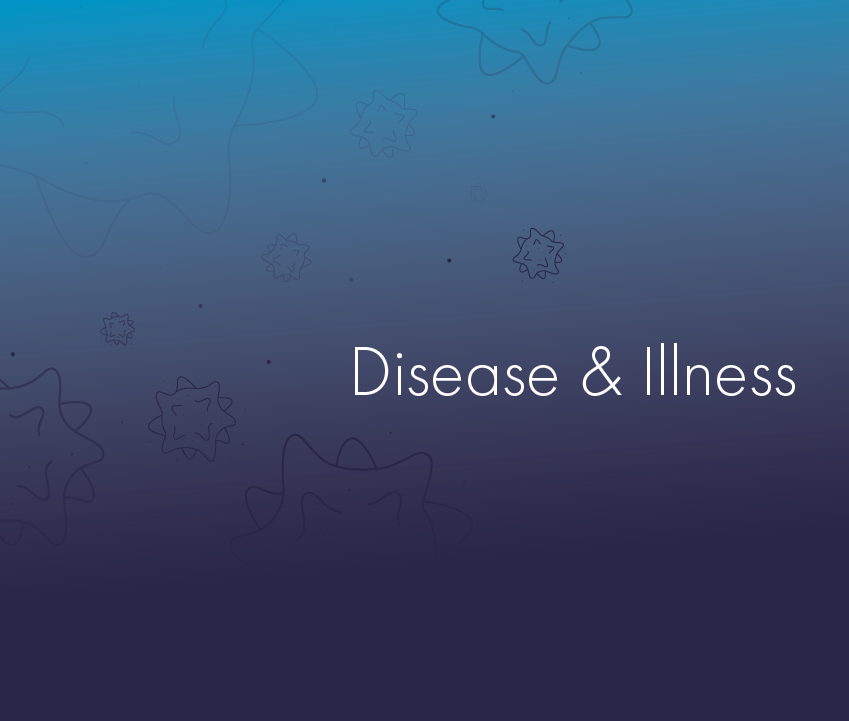Algoma Public Health
Animal Bites & Rabies
Rabies is caused by a virus that affects the central nervous system (brain and spinal cord) of warm-blooded mammals including humans. Rabies is transmitted through saliva – primarily via bite wounds. It can also be spread by infected saliva entering an open cut or wound, or contacting a mucous membrane, such as those in the mouth, nasal cavity or eyes.
When the virus enters an animal’s body, it spreads through the nerves to reach the brain. Once it’s in the brain it multiplies quickly, and that’s when symptoms appear.
An animal can pass on the disease a few days before showing clinical signs of rabies. The time between exposure to the virus and showing signs of the disease, may be from two weeks to many months. Its length of time depends on number of factors, including the strain of virus, and the location of the bite. The closer the bite to the brain, the sooner the symptoms will appear.
Role of Algoma Public Health
Rabies is a reportable disease in Ontario. This means that if you suspect that an animal is rabid, or you think that your animal has been exposed to rabies call Algoma Public Health. Animal bites must also be reported to the Health Unit so that a Public Health Inspector can follow-up and ensure that the victim was not exposed to rabies or to release rabies post exposure treatment to the victim’s physician.
Public Health Inspectors in Algoma:
- Investigate all reports of biting or scratching incidents involving a human and animal.
- Ensure the owner isolates and confines the animal on their property for a period of 10 days after the date of biting.
- Make recommendations and deliver post rabies exposure prophylaxis (treatment) to physicians in circumstances where vaccination may be required.
- Provide resource material and information to the public on rabies and rabies control.
Last Modified: June 1, 2015










